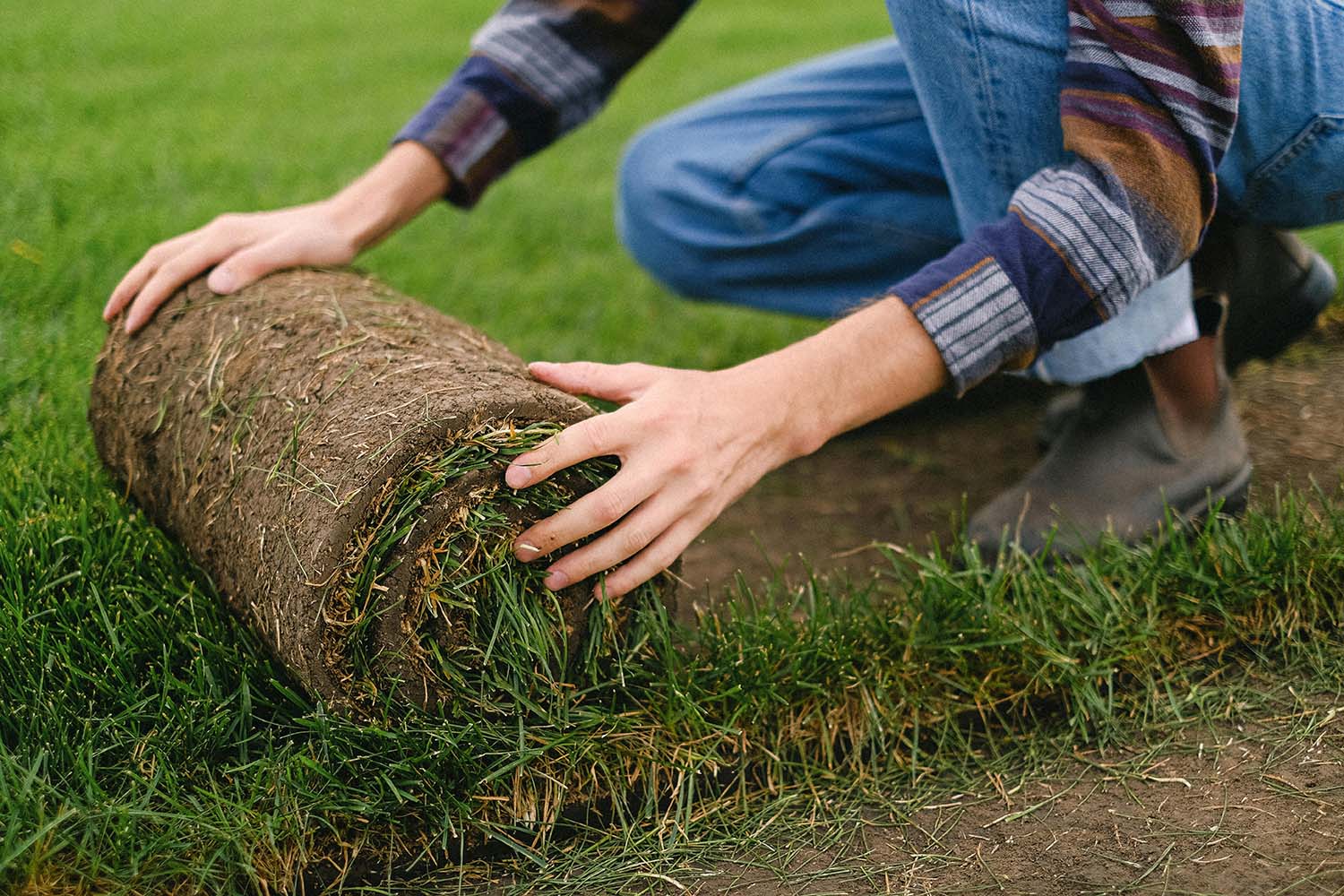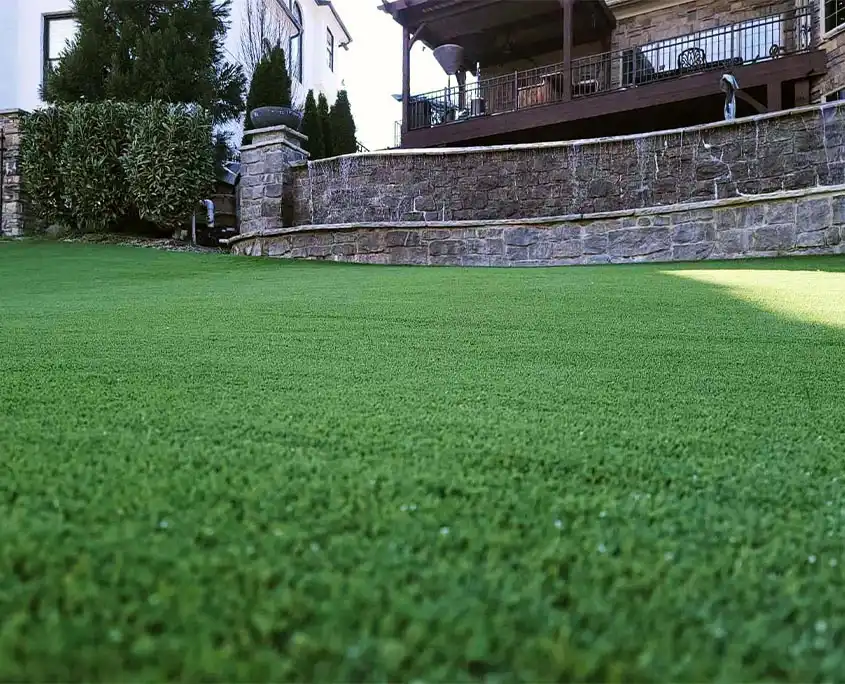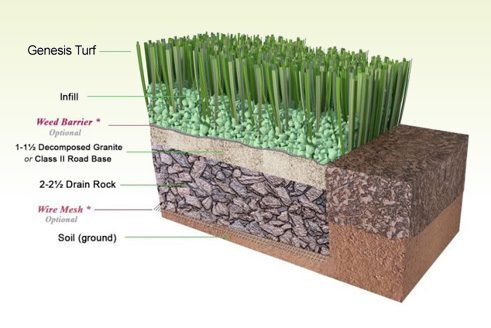See Why Homeowners Prefer Synthetic Grass for Sustainable Landscaping Practices
As homeowners increasingly focus on sustainability in landscape design, synthetic grass has actually arised as a compelling choice to conventional lawn. Its capacity to preserve water, minimize maintenance efforts, and reduce ecological influence positions it as a functional selection for those seeking green remedies. In addition, the visual allure and versatility of fabricated lawn provide to varied style preferences. Nevertheless, the ramifications of this shift prolong past mere benefit and appearances, prompting a better exam of how these choices influence more comprehensive ecological results. What remains to be discovered is the complete scope of advantages that artificial turf can supply to house owners and the environment alike.
Water Conservation Perks
One of the most considerable advantages of synthetic grass is its role in water conservation. Traditional turf yards call for substantial amounts of water to maintain their lavish appearance, often leading to overuse of local water resources, especially in dry areas. In comparison, synthetic grass removes this need completely, as it does not call for watering. This not just saves water yet additionally decreases the strain on metropolitan water systems, specifically throughout dry spell problems.
Moreover, the setup of synthetic grass can add to a more lasting landscape. Home owners can dramatically decrease their water costs, permitting reallocation of resources to various other environmental initiatives or household usages. Furthermore, synthetic grass is developed to endure numerous climatic problems without the demand for supplemental watering, making it an excellent choice for areas facing water scarcity.
The ecological benefits extend beyond immediate water financial savings. By minimizing water intake, synthetic grass helps to alleviate the impacts of environment change, maintaining crucial ecosystems that are intimidated by extreme water removal. As lasting landscape design methods gain traction, synthetic lawn becomes a responsible option for homeowners seeking to produce environment-friendly outdoor spaces.
Reduced Maintenance Efforts
Synthetic grass considerably lowers upkeep initiatives contrasted to standard lawn lawns. With man-made grass, home owners can remove the taxing tasks connected with natural landscaping, such as mowing, fertilizing, and weeding. This not only conserves important time yet likewise reduces physical labor, making grass treatment accessible for people of any ages.
Among the most significant advantages is the lack of regular mowing. Standard lawns need frequent cutting to maintain an aesthetically pleasing elevation, whereas synthetic grass continues to be constantly rich without the requirement for reducing. In addition, homeowners no more require to use chemicals or fertilizers, which are often required to keep natural grass healthy and balanced. This change not just lightens the workload however additionally advertises a neater, much more consistent appearance year-round.
Additionally, synthetic grass is sturdy and resistant, needing minimal upkeep beyond occasional brushing and washing to remove debris. This ease of maintenance allows homeowners to enjoy their outside areas without the continuous concern of upkeep, offering even more time for leisure and family members tasks. Inevitably, the minimized upkeep initiatives linked with synthetic grass make it an enticing choice for those looking for a low-maintenance, visually appealing landscape.

Ecological Effect Reduction
There is an expanding recognition of the ecological benefits linked with synthetic lawn, specifically in regards to water conservation and decreased chemical use. Standard grass need substantial amounts of water, particularly in drought-prone areas, leading to increased strain on neighborhood water sources. In contrast, fabricated grass gets rid of the demand for irrigation, drastically decreasing water intake and advertising sustainability.
In addition, traditional lawn upkeep often includes the application of chemicals, herbicides, and fertilizers, which can add to dirt and water air pollution. Synthetic grass minimizes this environmental hazard by calling for marginal maintenance and virtually go to the website eliminating the need for damaging chemicals. This not just boosts dirt health but additionally protects local environments from toxic drainage.
In addition, the production of natural lawn lawns generally involves making use of fossil gas for mowing and landscaping devices, further adding to greenhouse gas emissions. By choosing synthetic grass, house owners can significantly decrease their carbon footprint linked with yard care tasks.
Visual Charm and Flexibility
In addition to its ecological benefits, man-made lawn provides significant aesthetic appeal and flexibility for landscaping. Home owners can achieve a lavish, green appearance year-round, eliminating the seasonal variations typically related to all-natural grass. This consistent aesthetic not only enhances the visual allure of a residential property yet likewise adds to a well-maintained and refined look.
Moreover, synthetic grass is readily available click here to find out more in a range of structures, designs, and shades, enabling modification to fit individual choices and style styles - Turf installation phoenix az. Whether utilized in household yards, industrial areas, or entertainment areas, it can flawlessly integrate into diverse landscape design styles, from modern minimalist to lavish exotic settings
The versatility of synthetic grass extends beyond simple appearance; it can be installed in different areas, consisting of roofs, patio areas, and also interior rooms, developing opportunities for one-of-a-kind landscaping remedies. Furthermore, it appropriates for a variety of activities, from kids's play areas to pet-friendly atmospheres, offering functionality without endangering style.
Ultimately, the aesthetic charm and flexibility of man-made grass make it an eye-catching choice for homeowners seeking sustainable landscape design remedies that do not give up charm for ecological obligation.

Long-Term Cost Savings
One of the most engaging benefits of fabricated turf is its potential for lasting cost savings. Unlike all-natural yard, which calls for normal upkeep-- including mowing, watering, feeding, and insect control-- artificial turf considerably lowers these recurring expenditures.
Furthermore, artificial grass has a life-span of 15 to 25 years, depending on its quality and usage. This durability minimizes replacement expenses, making it a much more economical option over time. The first investment in artificial turf can commonly be recouped via the cost savings built up over time.
While the in advance cost might appear higher contrasted to sod setup, the collective savings from reduced upkeep and water use frequently exceed these initial pop over to this web-site expenses. Eventually, the fostering of artificial lawn not only advertises a sustainable landscape design solution yet additionally offers homeowners an economically wise alternative that lines up with long-term budgeting goals.
Conclusion
Man-made turf arises as a compelling choice for sustainable landscaping, using considerable advantages in water preservation, reduced upkeep efforts, and lessened environmental impact. As neighborhoods progressively focus on eco friendly practices, the adoption of fabricated turf stands for a dynamic action toward accomplishing resistant and sustainable landscapes.
Additionally, synthetic grass is developed to hold up against numerous climatic problems without the need for extra watering, making it an optimal option for areas encountering water shortage. (Phoenix turf companies)

Man-made grass emerges as an engaging option for sustainable landscaping, using significant benefits in water preservation, minimized maintenance initiatives, and diminished ecological impact.